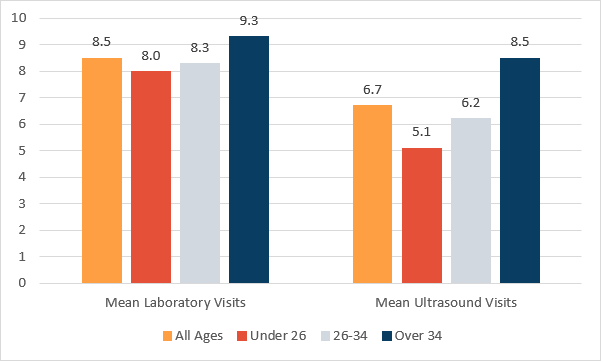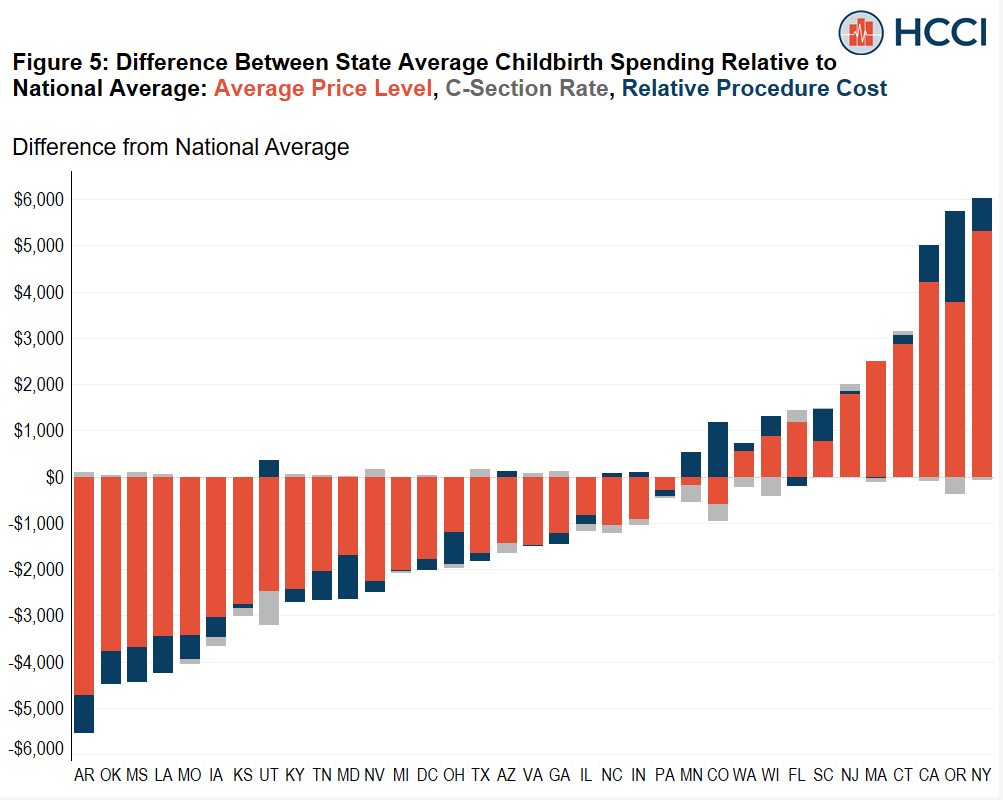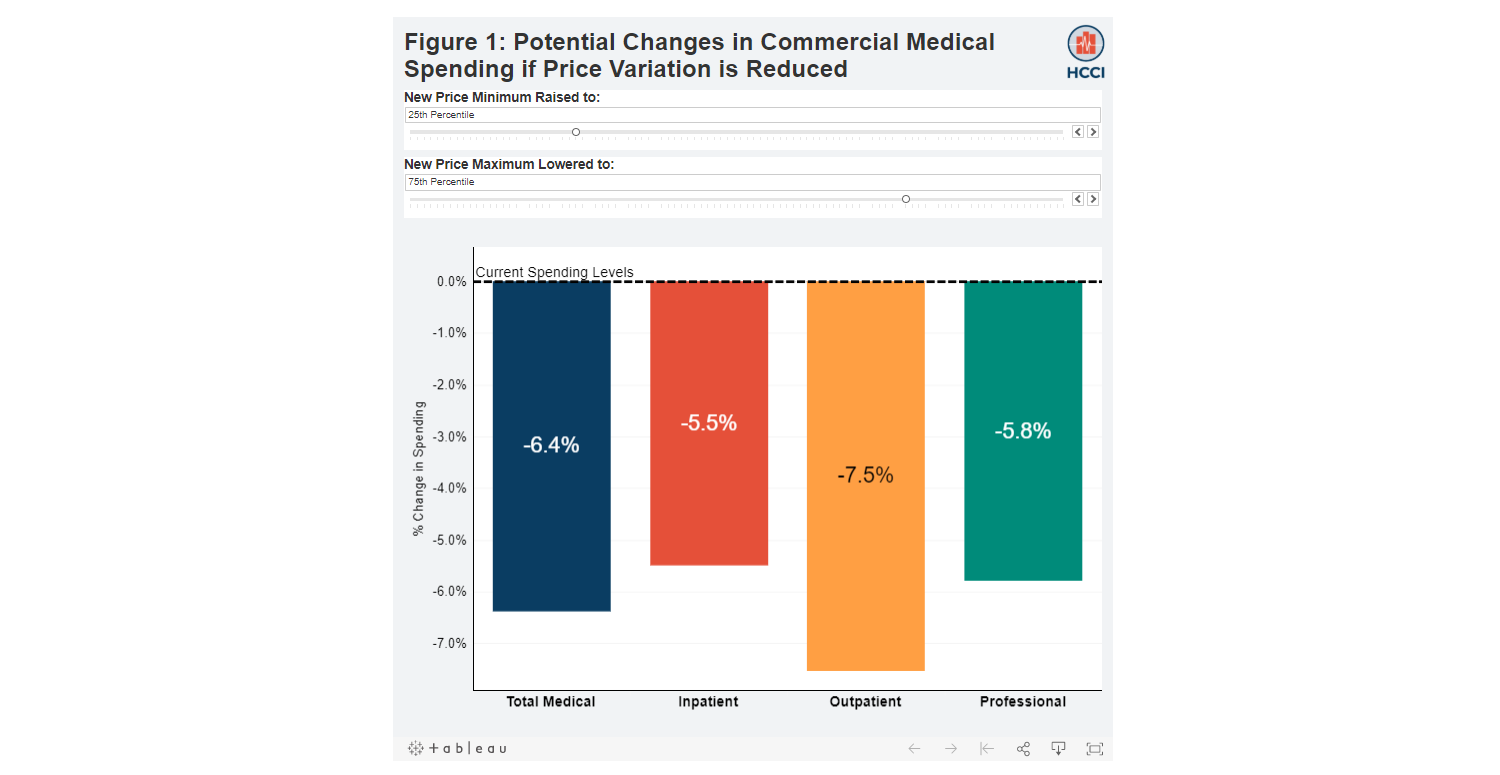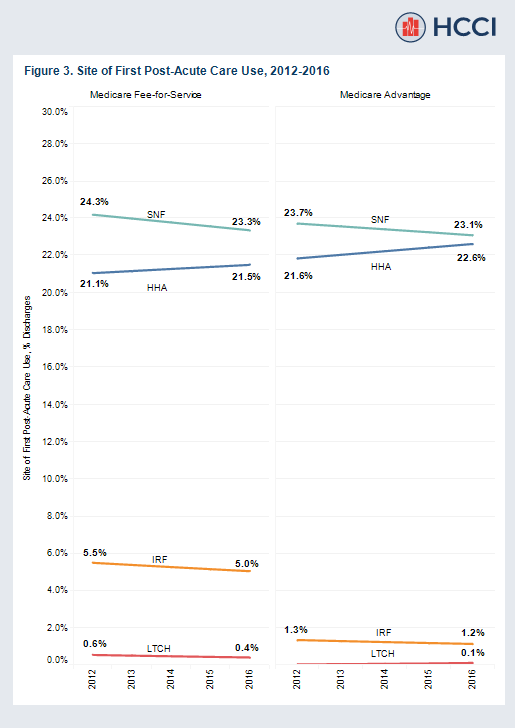Publications
-
Use of Prenatal Care Varies among People with Employer-Sponsored Insurance
Tags: Maternal HealthRead more: Use of Prenatal Care Varies among People with Employer-Sponsored InsurancePrenatal care leads to healthier pregnancy, healthier pregnant people, and healthier babies. In fact, birthing parents who receive prenatal care are three times less likely to deliver low birthweight babies, and the baby is five times more likely to survive delivery. To explore the kind of prenatal care pregnant people receive, we looked at utilization…
-
Understanding Variation in Spending on Childbirth Among the Commercially Insured
Read more: Understanding Variation in Spending on Childbirth Among the Commercially InsuredChildbirth is the most frequent reason for an inpatient admission in the United States, and Cesarean-section (C-section) is the most common operating room procedure in an inpatient hospital stay. Among people who get insurance through an employer, the combination of labor, delivery, and newborn care makes up nearly one in six dollars spent on inpatient…
-
Most Postpartum Spending Occurs Beyond 60 Days After Delivery
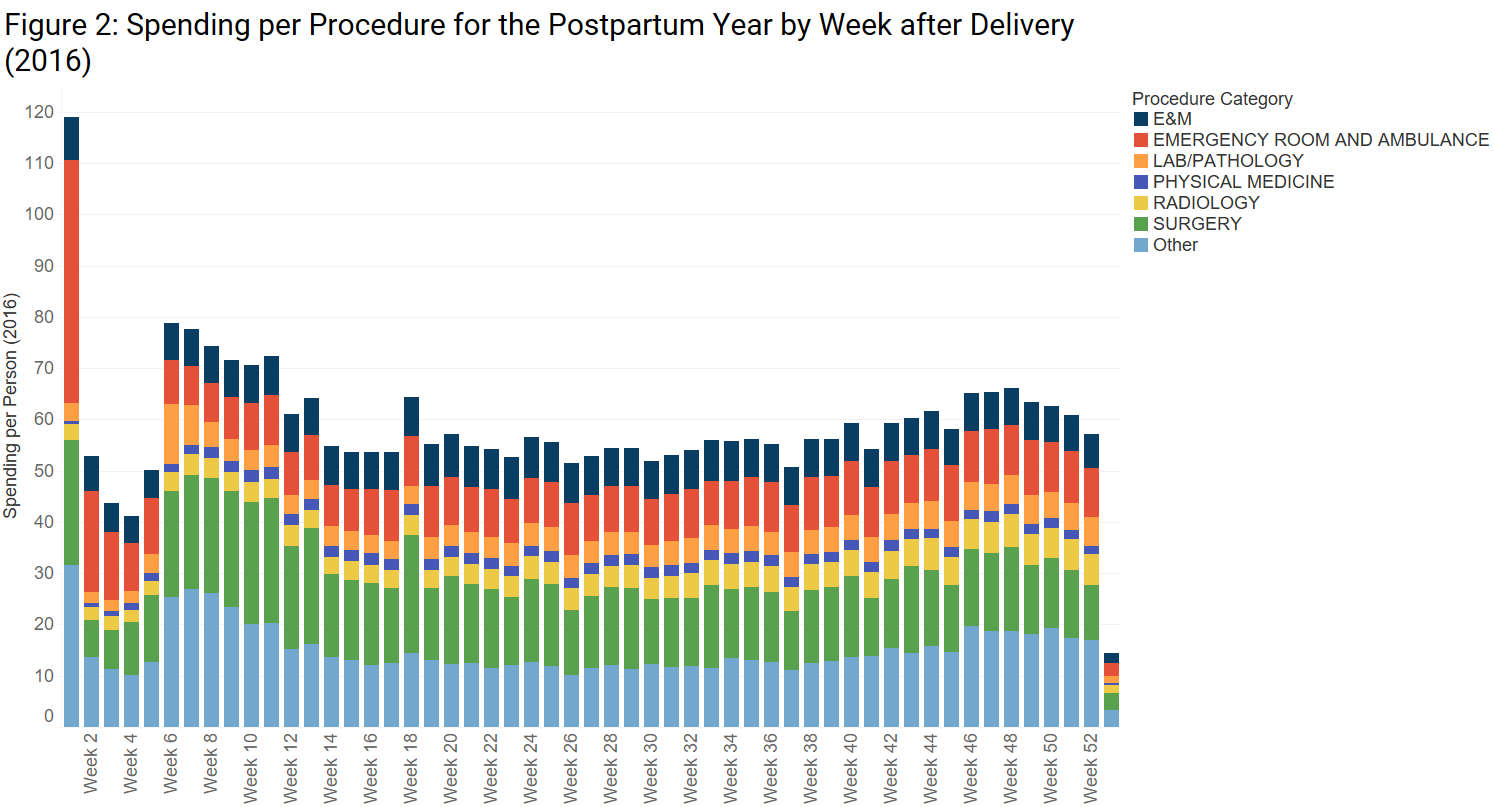 Read more: Most Postpartum Spending Occurs Beyond 60 Days After Delivery
Read more: Most Postpartum Spending Occurs Beyond 60 Days After DeliveryThe postpartum period is a vulnerable time for both birthing parent and newborn and is critically important to their health and well-being. The American College of Obstetricians and Gynecologists (ACOG) recommends ongoing, comprehensive care, including physical, social, and psychological services, during the postpartum period. In large part because of an increasing maternal mortality rate in the US –…
-
Compared to What? Baseline Understanding of the Distribution of Hospital Care
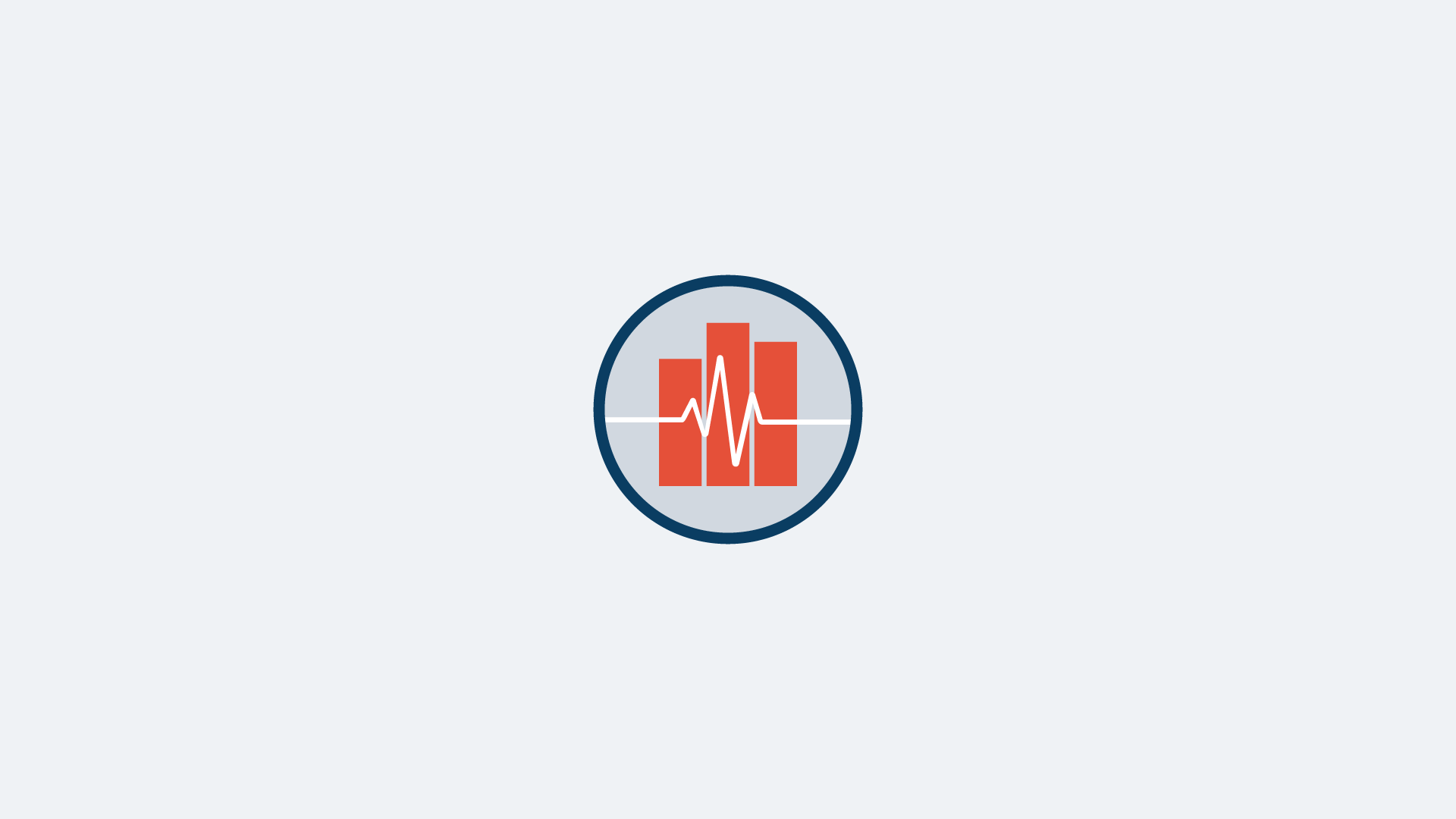 Read more: Compared to What? Baseline Understanding of the Distribution of Hospital Care
Read more: Compared to What? Baseline Understanding of the Distribution of Hospital CareThe pandemic of a new coronavirus, COVID-19, is increasing demand on hospitals as unprecedented numbers of people with respiratory disease seek treatment. In addition to straining hospital resources directly related to care of COVID-19, the outbreak may also displace other types of care. In this analysis, we hope to inform the understanding of the distribution…
-
2018 Health Care Cost and Utilization Report
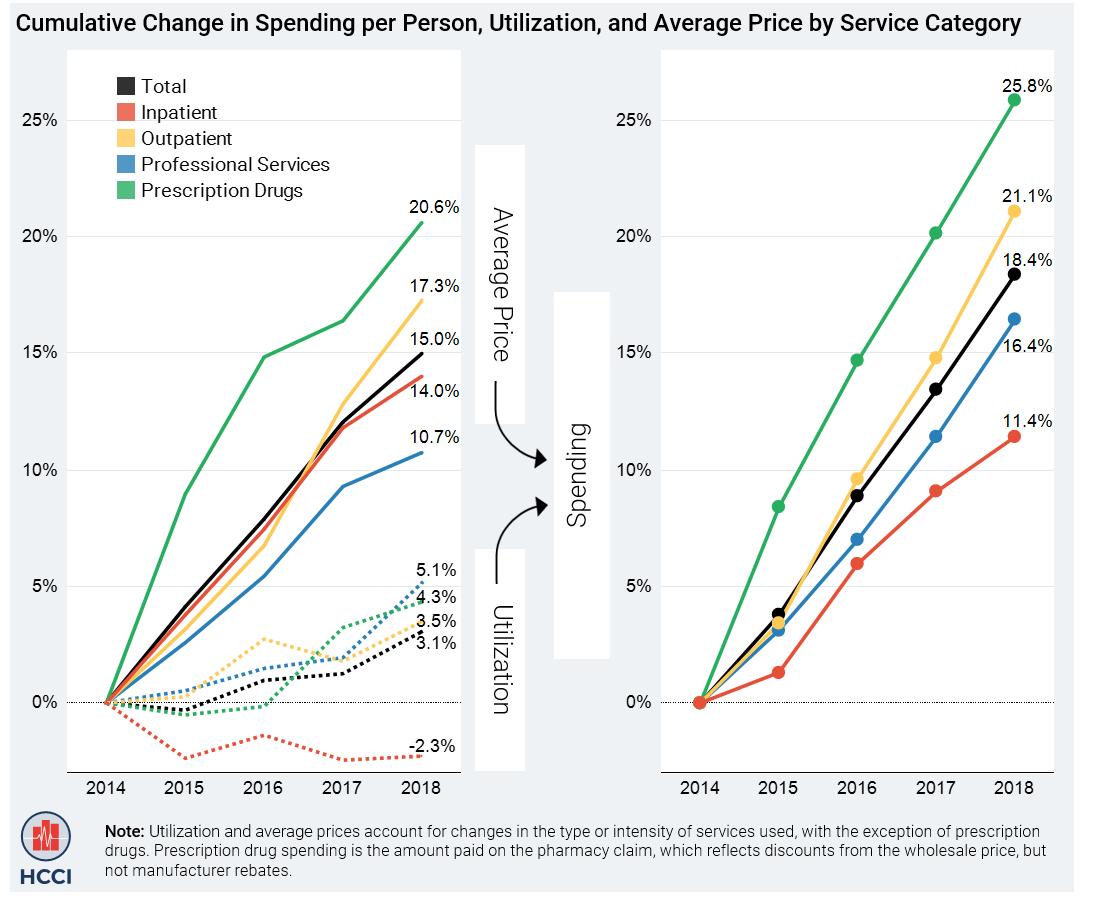 Read more: 2018 Health Care Cost and Utilization Report
Read more: 2018 Health Care Cost and Utilization ReportThe 2018 Health Care Cost and Utilization Report presents data on health care spending, utilization, and average prices from 2014 through 2018 for individuals under the age of 65 who receive health insurance coverage through an employer. The report draws on data from more than 2.5 billion medical and prescription drug claims for approximately 40…
-
What if Price Transparency Reduced Commercial Price Variation?
Read more: What if Price Transparency Reduced Commercial Price Variation?As previous reports have indicated, there is widespread price variation in the U.S. commercial health care system. Many studies have shown that prices are dramatically different not only across geographies, but they vary substantially even within the same market for the same service. For example, we found that prices for the same blood tests could…
-
CMS-specified shoppable services accounted for 12% of 2017 health care spending among individuals with employer-sponsored insurance
Tags: Commercially Insured, Inpatient Spending, Out-of-Pocket, Outpatient Spending, Shoppable Services, Utilization Read more: CMS-specified shoppable services accounted for 12% of 2017 health care spending among individuals with employer-sponsored insurance
Read more: CMS-specified shoppable services accounted for 12% of 2017 health care spending among individuals with employer-sponsored insuranceIn response to high and growing health care spending, policymakers have proposed improving price transparency as a solution. Several such proposals rely on consumers taking action on publicly available information for shoppable services – generally, non-emergency services that a person could choose more deliberately. In 2021, hospitals will be required to display, in a consumer-friendly manner,…
-
International comparisons of health care prices from the 2017 iFHP survey
Tags: Administered Drugs, Commercially Insured, Drug Spending, Inpatient Spending, Outpatient Spending, Prices Read more: International comparisons of health care prices from the 2017 iFHP survey
Read more: International comparisons of health care prices from the 2017 iFHP surveyThe International Federation of Health Plans (iFHP), a CEO network of the global health insurance industry based in London, in partnership with the Health Care Cost Institute (HCCI) in the United States, and iFHP member companies in eight countries, today published the latest International Comparison of Health Prices Report. The report compares the median prices…
-
JAMA Research Letter: Primary Care Spending in the Commercially Insured Population
 Read more: JAMA Research Letter: Primary Care Spending in the Commercially Insured Population
Read more: JAMA Research Letter: Primary Care Spending in the Commercially Insured PopulationUsing HCCI’s data, we assessed the share among individuals younger than 65 years covered by employer-sponsored insurance from 2013 to 2017. We assessed primary care spending using 2 main definitions: a definition which included the total spending on services rendered by primary care clinicians (broad definition) and one where only CPT codes for specific services specified as…
-
Comparing Post-Acute Care Use and First Site of Care Among Medicare Advantage Enrollees and Medicare Fee-for-Service Beneficiaries
Read more: Comparing Post-Acute Care Use and First Site of Care Among Medicare Advantage Enrollees and Medicare Fee-for-Service BeneficiariesUsing data from the Health Care Cost Institute (HCCI) and Centers for Medicare & Medicaid Services (CMS), we examined trends in inpatient hospital admissions and post-acute care (PAC) utilization among Medicare Advantage (MA) and Fee-for-Service (FFS) beneficiaries. Specifically, we compared how frequently individuals in each group were discharged from the hospital, whether they had evidence…

